The Continental Army Retakes Boston
The siege of Boston was the longest siege in our nation’s history, running from April 19, 1775, to March 17, 1776. The “noble train of artillery” brought from Fort Ticonderoga by Colonel Henry Knox arrived in Boston on January 27, 1776, and it gave General George Washington the long-range guns he needed to bring the matter to an end.
The Siege of Boston
Washington had been worried all winter about his army’s lack of gunpowder and the loss of men due to their expiring enlistments. Now that the Continental Army had artillery support, he summoned a council of war and proposed an assault across the ice against the British positions in Boston.
The idea was voted down by the other commanders, and Washington accepted a more cautious plan to fortify Dorchester Heights, a prominent rise just south of Boston. On the night of March 5, Continental soldiers quietly occupied and emplaced the long-range artillery on the hill.
When the sun rose on March 6, the British had a very unpleasant surprise when they discovered several batteries of large cannons staring down at them from Dorchester Heights. The Redcoats immediately commenced an artillery barrage on the American position to reduce it, but their effort was in vain as their guns could not reach the elevated colonial lines. General William Howe, the British commander, knew he had no choice but to evacuate the city.
On March 8, General Washington was given a letter which stated the British would not destroy Boston if they were allowed to leave unmolested. Naturally, Washington complied with this request, and not another shot was fired by the Continental soldiers. It must have been humiliating for the most powerful army on earth to be negotiating with this assemblage of common men turned soldiers on how the evacuation would proceed.
In any event, about a week later, on March 17, 1776, the British were loaded up, ready to go, and had favorable winds. This fleet of 120 ships meekly sailed out of Boston Harbor bound for Halifax, Nova Scotia. In these vessels was the pride of the British army, about 10,000 soldiers, plus another thousand or so civilian Loyalists who did not care to live under American control.
“General Howe Evacuating Boston.” The New York Public Library Digital Collection.
After reentering the city, the cleanup took some time which is not surprising considering it had been occupied by a hostile force for almost a year. Several wooden buildings, including the Old North Meeting House, as well as most trees and fences, had been used for firewood by the shivering British soldiers throughout the winter.
What seemed impossible just a year ago, was now a reality; the British were gone from Boston, never to return. With their departure, came an end to large scale military operations in New England. This area that had done so much to inspire the American Revolution would now be an observer of events further south, first in the mid-Atlantic states and then in the Carolinas.
WHY IT MATTERS
So why should the Siege of Boston and the events surrounding it matter to us today? This opening salvo of the American Revolution is filled with heroics worthy of our admiration. From the brave Minutemen at Lexington and Concord to the standup fight at Bunker Hill to the incredible trek by Henry Knox and his “noble train of artillery,” one remarkable event unfolded into the next.
More importantly, the outcome of this event gave encouragement and momentum to the American cause. Had the British succeeded in crushing our forces assembled around Boston, it is not difficult to imagine a very different ending to our fight for independence. That alone makes the Siege of Boston worth remembering.
SUGGESTED READING
Henry Knox’s Noble Train: The Story of a Boston Bookseller’s Heroic Expedition That Saved the American Revolution, written by William Hazelgrove, is an excellent account of Henry Knox’s incredible trek with the guns of Fort Ticonderoga. Published in 2020, this book is well written and the tale it tells is fascinating.
PLACES TO VISIT
The Dorchester Heights Monument is a 115-foot marble tower located in a beautiful park in the Dorchester Heights section of Boston. The site commemorates the Siege of Boston, especially the emplacement of the guns from Fort Ticonderoga that forced the British to evacuate the city. It is well worth a visit.

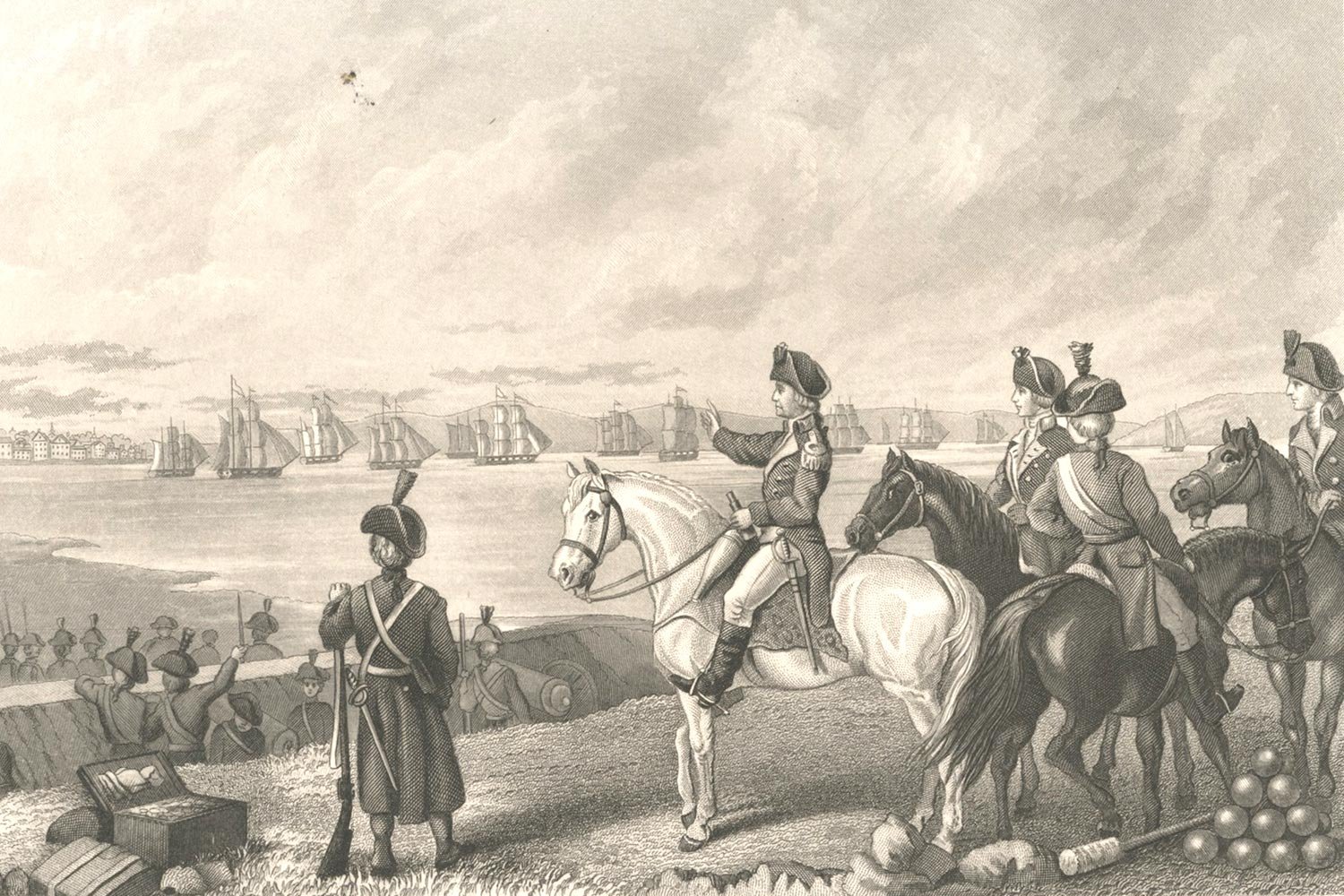



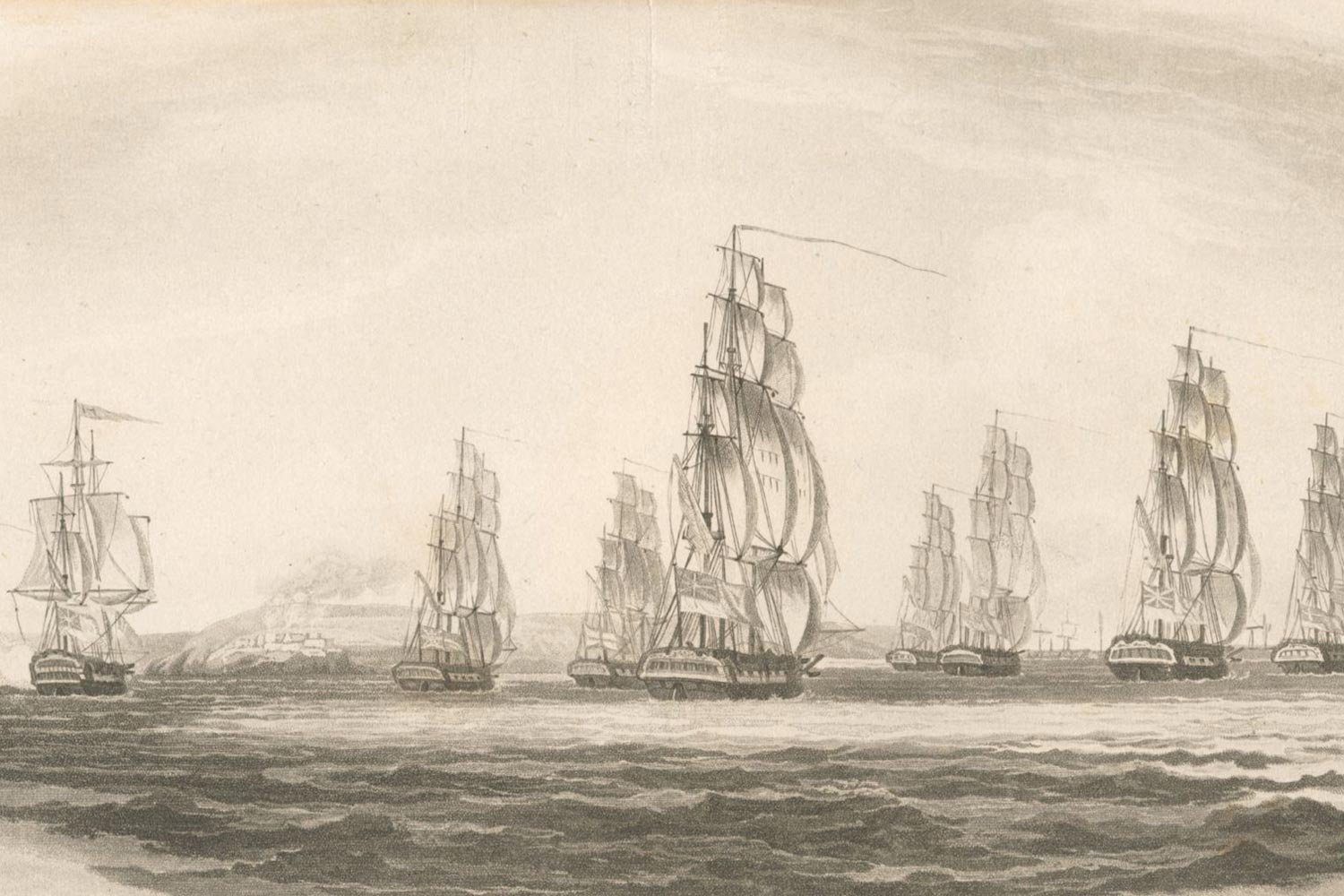
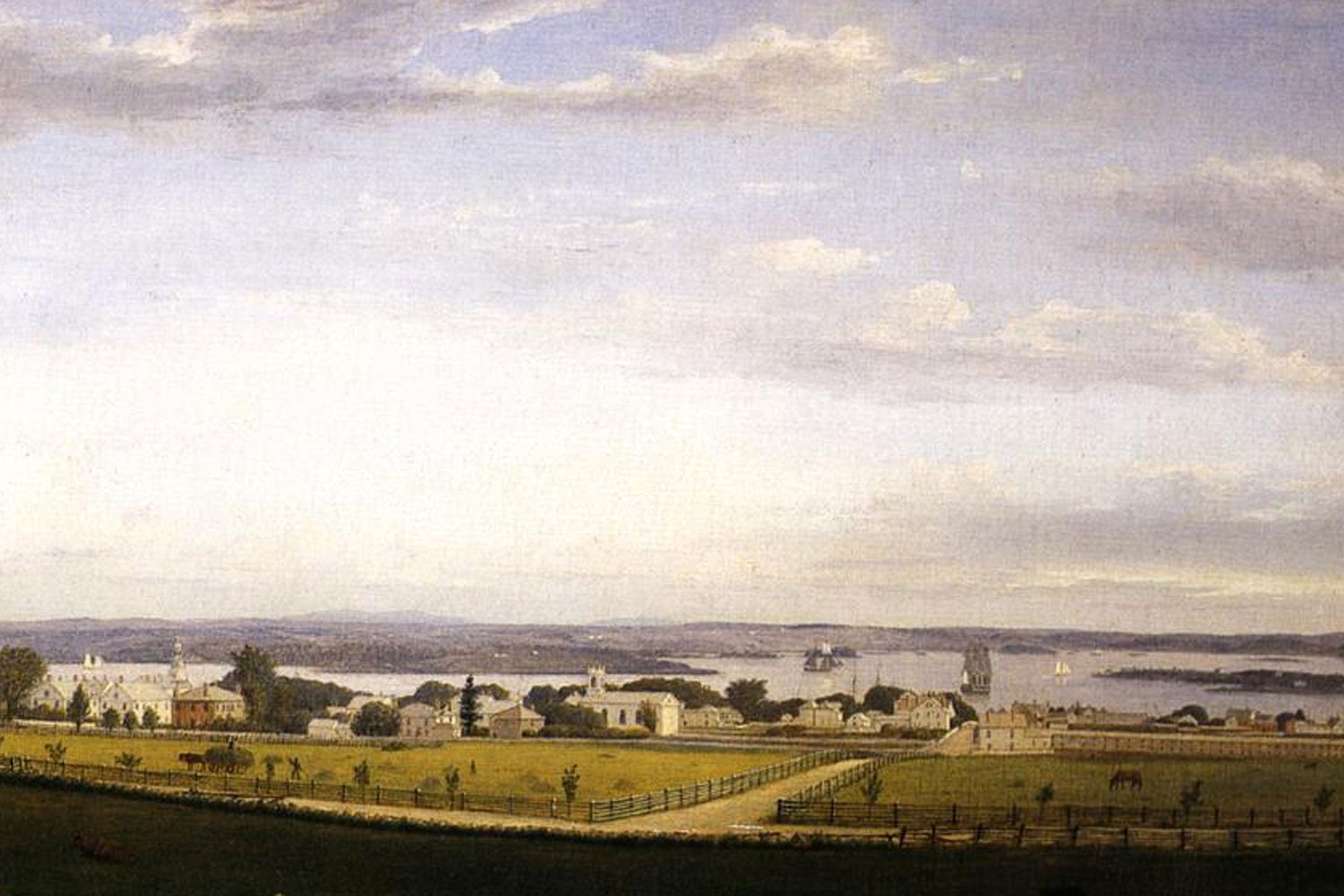
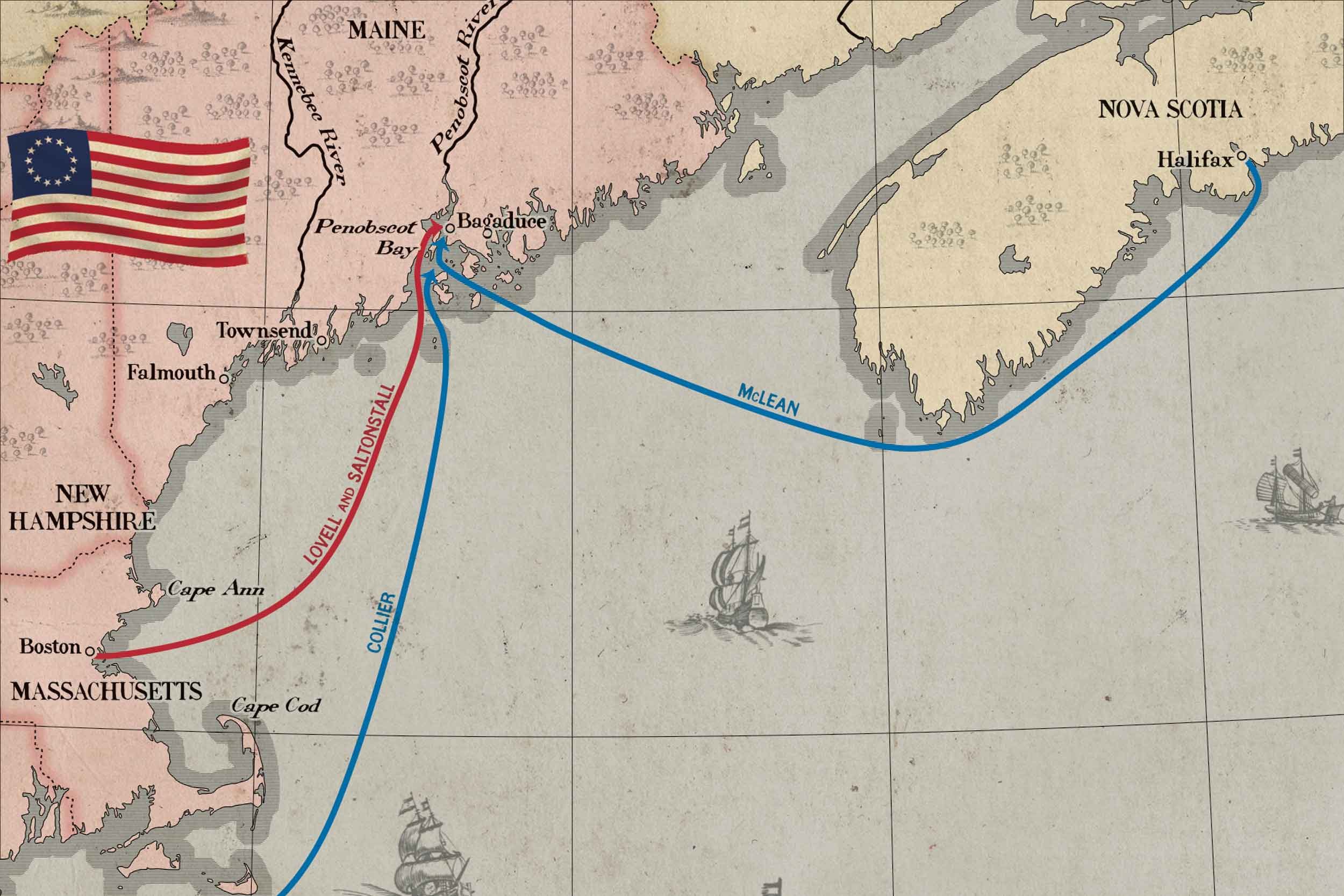
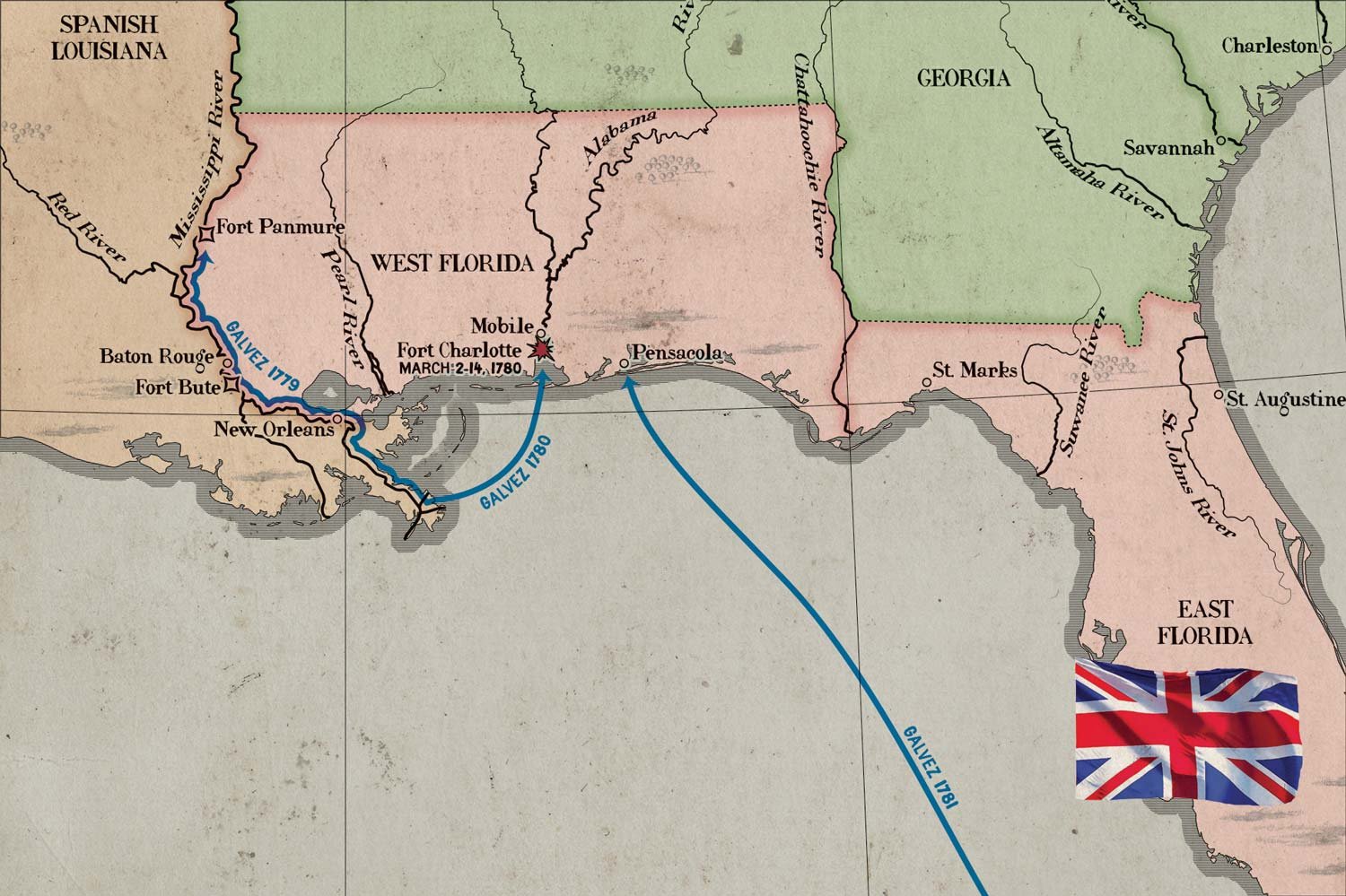
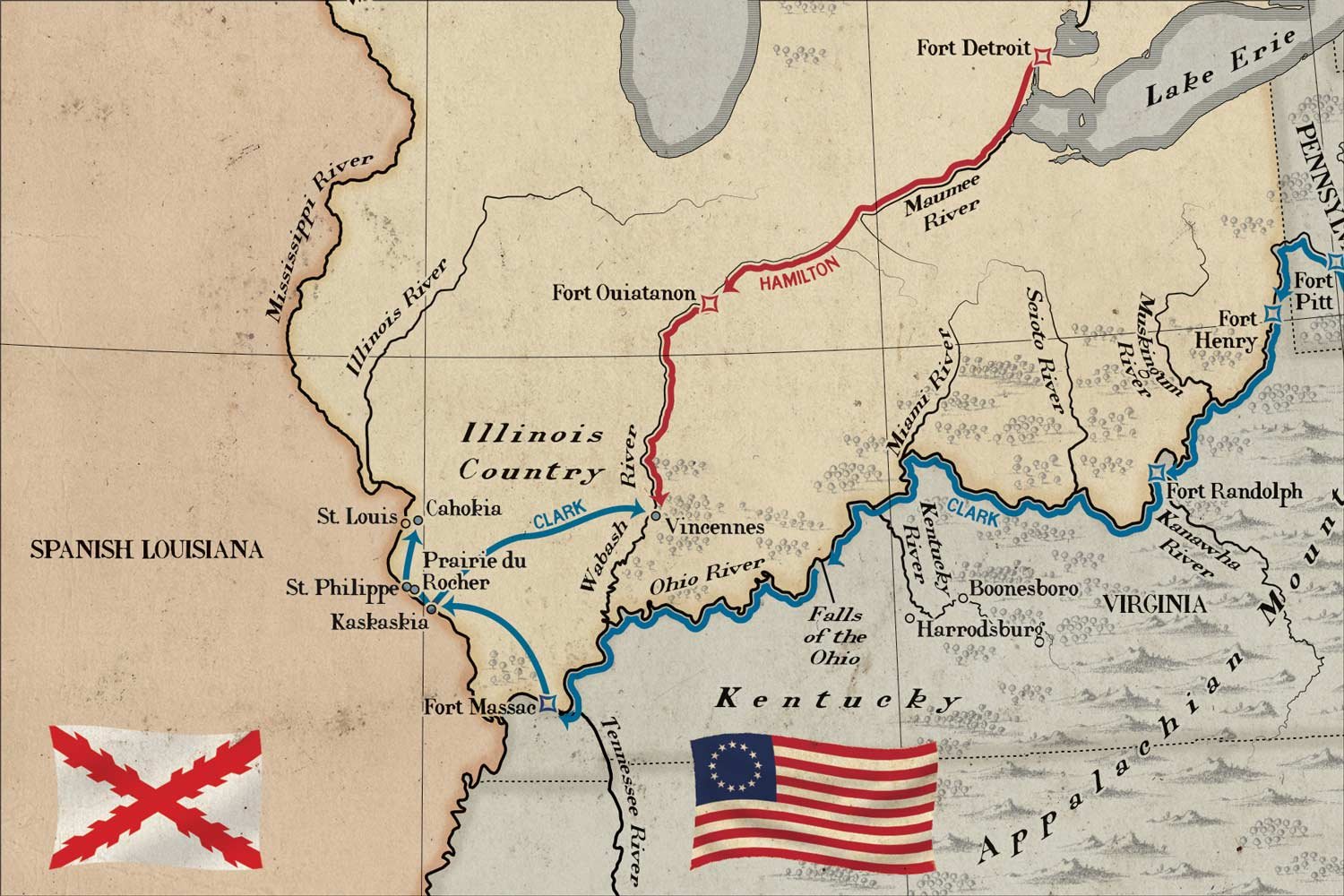
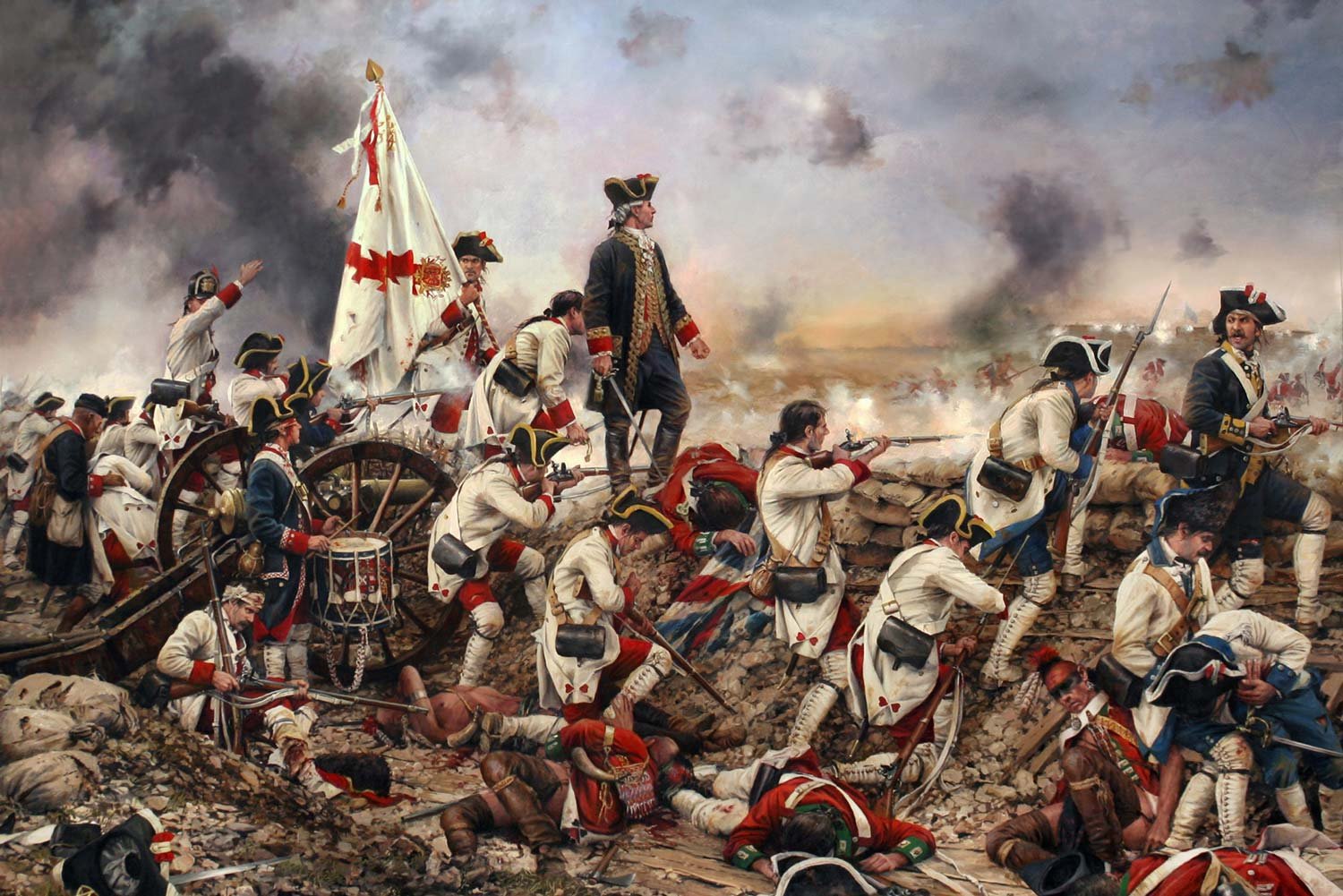
General George Washington led his Continental Army and the French Army under General Jean-Baptiste de Rochambeau into Virginia in mid-September 1781. The combined force was on its way to Yorktown and its appointment with destiny with the entrapped British command of General Lord Charles Cornwallis.